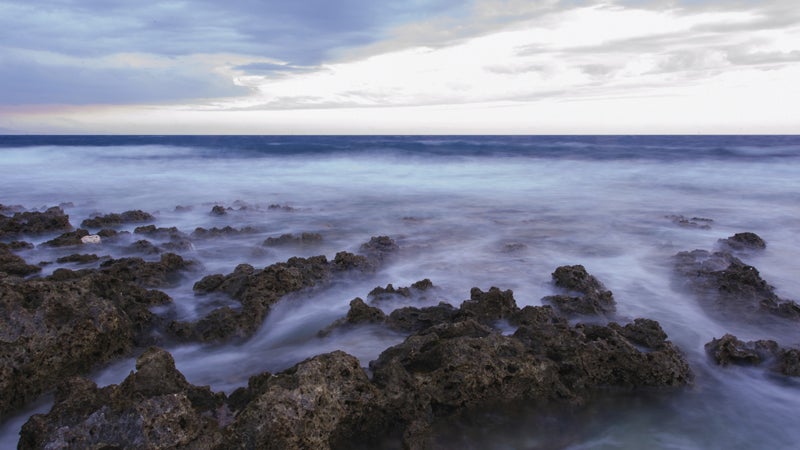It seems like the list of natural wonders withering under the ravages of climate change gets longer every day鈥攆rom the shrinking snow atop Mount Kilimanjaro to the dying Great Barrier Reef. Many will be gone, or nearly extinct, within the coming decades, so the clock is ticking on your chance to see them. The list below is a sampling of some of nature鈥檚 most imperiled treasures. Catch them while you can.
The Matterhorn
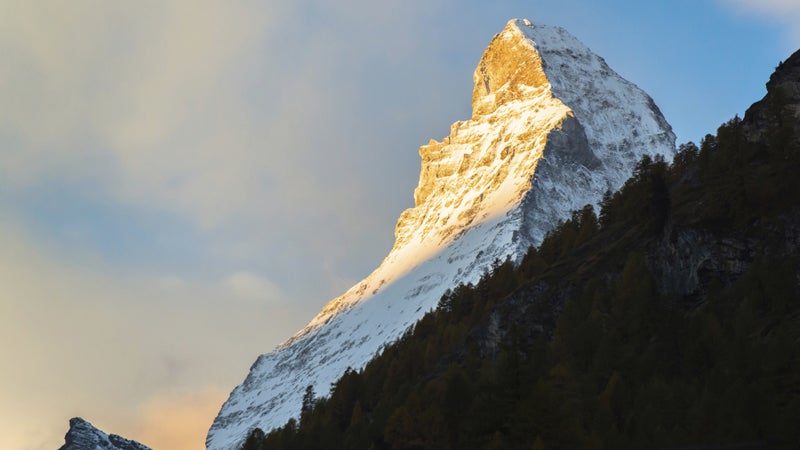
The glaciers sugarcoating the on the Swiss-Italian border are vanishing at a fast rate鈥攁nd the thaw has increased the size and scope of rock and boulder falls on its slopes. If the trend continues, the entire shape of the mountain could be altered dramatically as it disintegrates. The threats facing the Matterhorn are symbolic of the challenges to the Alps as a whole. The mountain range鈥檚 glaciers are shrinking by 3 percent annually, and could disappear within four decades.
Climb: leads nine-day Matterhorn summit climbs for experienced alpinists for $6,500.
The Maldives
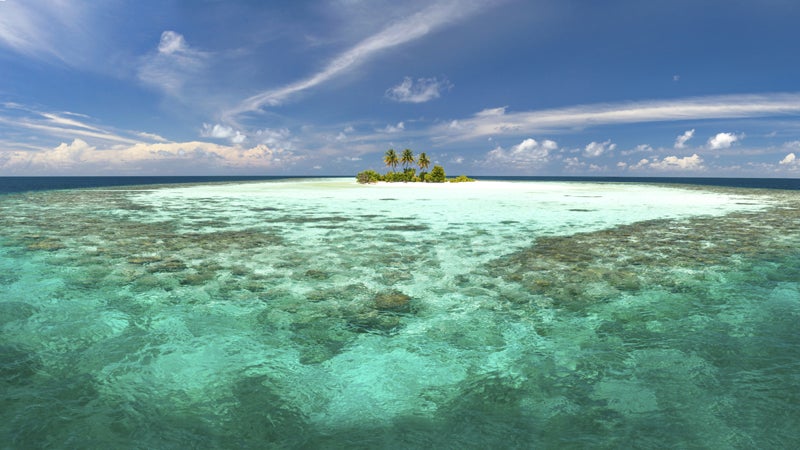
, an archipelago in the Indian Ocean that consists of more than 1,100 islands (over 200 of which are habitable), is the planet鈥檚 lowest nation, at about five feet above sea level on average. Rising sea levels of a couple of feet could swamp it, forcing its 380,000 residents to relocate. For that reason, the government has plans to begin buying land in neighboring countries like India.
Stay: The affordable, locally run on four-mile-long, half-mile-wide Hanimaadhoo island in the northern Maldives gives you a true taste of the country鈥檚 culture and precarious situation in nature. Four-night packages start at $1,078.
Glacier National Park
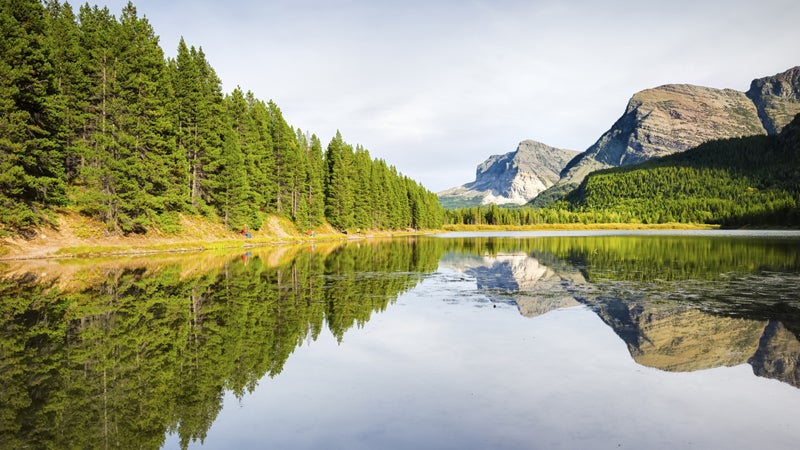
The U.S. measuring stick for global warming has long been the spectacular, million-acre in Montana. In the mid-19th century, the area was home to 150 glaciers; today, that number is down to 26. Scientists predict that they could all be gone by 2030.
Backpack: is the park鈥檚 lone licensed guided-backpacking service. Their three-day backcountry trips cost $495 per person.
Central America鈥檚 Mesoamerican Reef
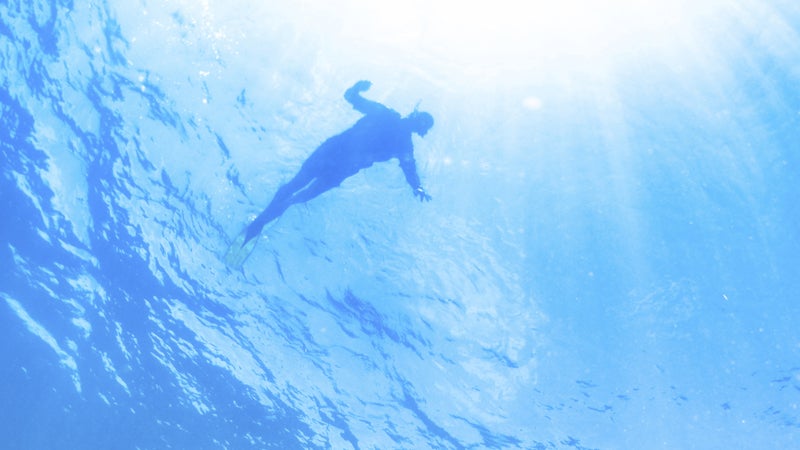
Although most of the world鈥檚 attention has been focused on the damage climate change has caused to Australia鈥檚 Great Barrier Reef, devastation to the has been just as alarming. Stretching 600 miles, from the Yucat谩n Peninsula to Honduras, this underwater fin of coral and mangrove forests shelters hundreds of species of fish and other underwater animals. But overfishing, pollution, shipping, stronger storms, and warmer seas have damaged a sizable percentage of the reef, killing off coral.
Dive: The five-star, PADI-certified on Ambergris Caye in Belize leads one-tank dive trips on the barrier reef for $55.
Monarch Butterflies
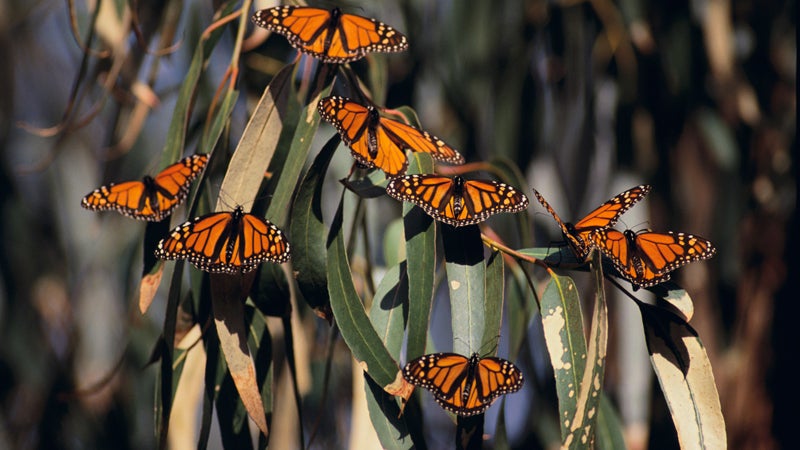
That鈥檚 right: colorful, milkweed-eating monarch butterflies are falling victim to the changing climate. In 2012, a record-low 60 million of them migrated all the way to Mexico for the winter; last year, that total is estimated to have dropped to a shocking 33 million. ,聽the culprits in this rapid population decline are believed to include deforestation, the use of herbicides and the destruction of milkweed habitat by agricultural practices in the U.S. Midwest, and the recent drought and extreme storms hitting Texas and Mexico.
View: operates six-day trips, led by naturalists, to the heart of the monarch butterfly鈥檚 breeding grounds in Angangueo, Mexico, a village among the volcanic mountains at the country鈥檚 geographic center. The cost is $2,995.


